Self Care Tips for Healthy Hair, Skin and Nails
If this year of sheltering-in-place during the Covid-19 Pandemic of 2020 has taught us anything, it’s that self-care is not only vital, it can be enjoyable and economical, as well.
Our regular visits to an aesthetician, nail salon and hairdresser are on hold, but we still want to practice self-care and take care of ourselves. Fortunately, the best starting points are the simplest: new or increased attention to exercising, eating right, hygiene, and personal grooming.
For most of us, confidence and overall well-being is tied to how well we take care of our hair, skin, and nails. When we maintain these three areas of grooming, we promote better physical health — but mental health and wellness as well. Looking and feeling great can improve our mood and help “seize the day” — even if the highlight of the day is watching a sunset in your own backyard.
Here are 6 simple self-care tips to help keep your hair, skin, and nails healthy.
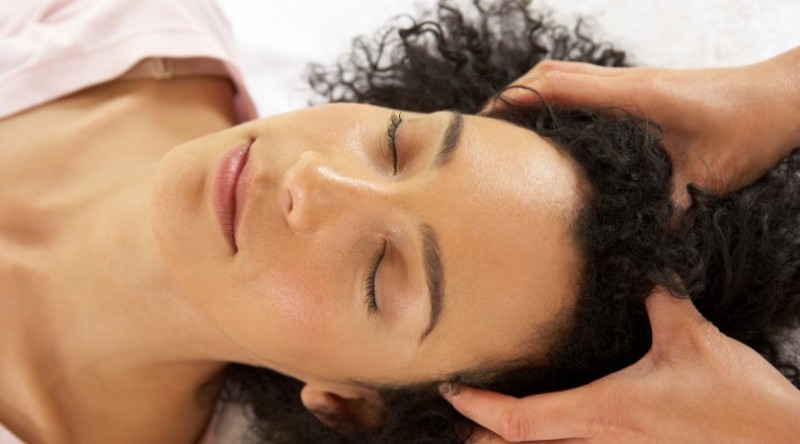
HAIR: TAKE CARE OF YOUR SCALP
When considering ways to promote healthy hair growth, most people don’t realize just how important the scalp is. Since your hair follicles come directly from your scalp, it’s extremely important to make sure you’re taking care of it properly. Scalp massage is great for healthier hair because it increases blood flow, improves circulation, and promotes hair growth. A scalp massage is a great way to reduce some stress you may have been feeling throughout the day.
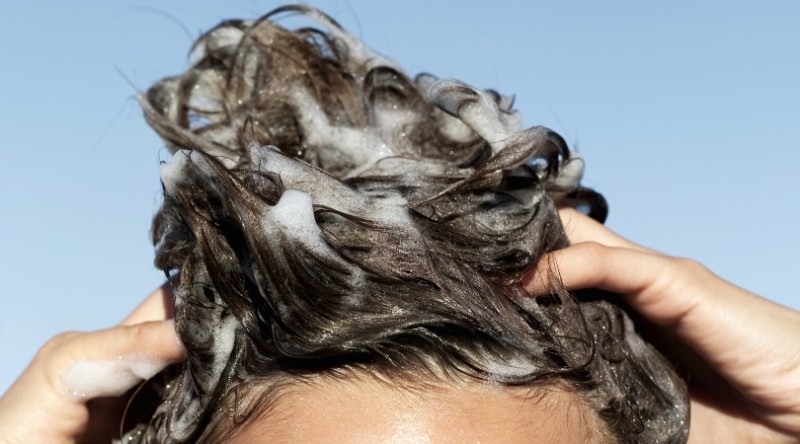
HAIR: YOUR SHAMPOO MATTERS
Scalp health is affected by your shampoo and hair products. Gel, mousse, and hair moisturizer can result in product build-up on your scalp, making it harder for it to “breathe.” After choosing the best shampoo for your hair, you should periodically rotate and use a clarifying shampoo which cleanses the hair as well as rids product buildup — the key to good scalp health.
Before you go out and just buy generic, budget or store-brand shampoo at your local drugstore, it’s important that you first check the ingredients. The ingredients label can be a little intimidating because many of the words are straight out of a chem lab, difficult to pronounce, and even more difficult to understand. Don’t let that stop you from glancing at that ingredients label — just as you do for food you buy and prepare.
There are many ingredients that shouldn’t be in your shampoo. The most widely known ingredients with low-marks include sulfates, parabens, and alcohols. These are each damaging to your hair, collectively more so, and some even have been linked to breast cancer.
Luckily, many forward-thinking and wellness-oriented brands have removed these harmful ingredients and proudly advertise being sulfate and paraben-free right on the front of the bottle. If you pick up a brand that doesn’t have this claim clearly listed somewhere on the bottle, you’ll know to double-check the ingredients label for any potentially harmful ingredients.
Bonus tip: If you swim in a chlorinated pool, you’re soaking your hair in chemicals. Give it a DIY Cucumber Hair Drench to help clarify your scalp and hair.
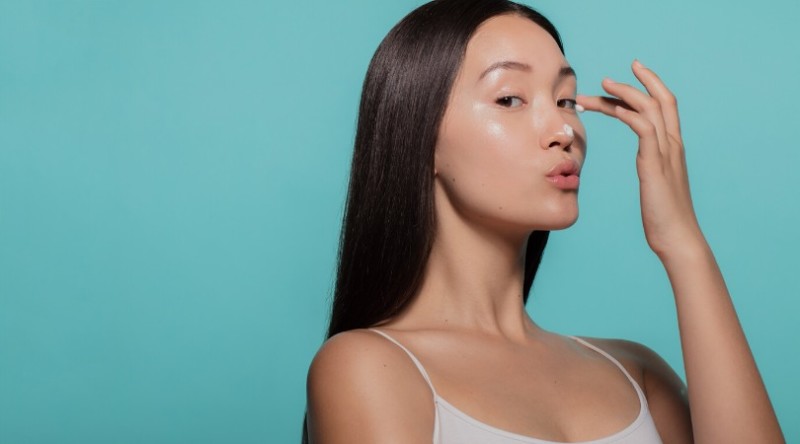
SKIN: ADOPT A ROUTINE
We’ve all experienced this at least once; a time where it took everything in us to muster up enough energy to thoroughly wash, moisturize and treat our skin. Although at times it may seem like a nuisance, creating a proper skincare routine is crucial to having healthy skin and avoiding things like wrinkles, fine lines, and acne.
If you don’t have a regular aesthetician to give you a custom skin-care plan, first determine what skin type you have. Do you often get dry spots? Do you typically have an oily T-zone? Perhaps a persistent redness on your cheeks and little blemishes, long-past your teen years. Maybe a combination of some or all of these things, depending on the season. Once you are confident in labeling your skin condition, you’ll be able to choose the best skincare products for your face. This includes a cleanser, toner and moisturizer, and sometimes a serum or balm. Believe it or not, even if you identify as oily skin type, moisturizing is just as significant to you as someone with dry skin. One universal truth: Choose a moisturizer which is hydrating, contains SPF, and has little to no fragrance to irritate the delicate skin on your face.
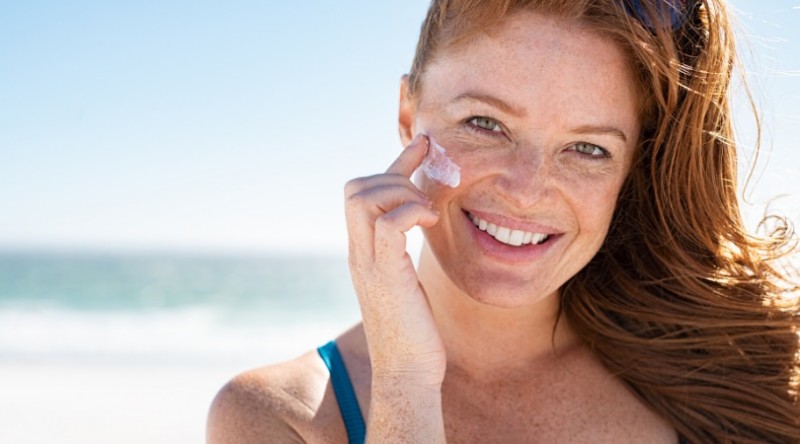
SKIN: WEAR SUNSCREEN. ALWAYS.
Here it is, in one sentence: If you can see your shadow, you need sunscreen.
That’s what our advisor aesthetician has always told us. She also pointed out that most of us have more freckles on the left side of our faces, than the right, because of the sun streaming through the driver’s side window of our vehicles.
Protect yourself by investing in a full-coverage sunscreen with a relatively high SPF — even when you’re driving to and from work or school.
Sunscreen is important for all skin — which means your body and your face. While it’s nice to feel the sun on beating down on you now and then, precautions are necessary because ultraviolet light (UV) damages your skin. When directly exposed to UV rays either regularly for short periods (a daily jog, for instance), or periodically for hours (sunbathing, for instance), your skin cells can become altered in a negative way. This damage can be cumulative and greatly increases your risk of skin cancers, such as Melanoma.
Don’t get overly confident wearing an SPF lotion, however. An article detailing the issues with higher SPF sunscreens has found that people who wear these products tend to increase their exposure to UV rays because they feel protected. While sunscreen does protect you to an extent, it is not an impenetrable shield, so stay diligent when outdoors.
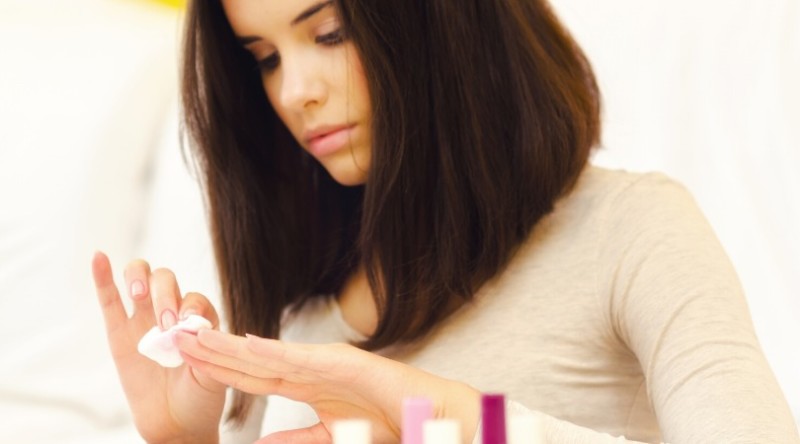
NAILS: AVOID ACETONE
Acetone is an active chemical ingredient found in most nail polish removers. It’s a highly-flammable solvent, used to make plastic, fibers, drugs, and even other chemicals. It cuts through and dissolves even the toughest shellacs, making it popular, easy, and affordable for nail salons and home manicurists. Most manicurists use acetone removers because it gets the job done quickly and efficiently — clearing that chair for the next customer. There is a price to be paid however — it’s rough on your nails, is very drying, and causes brittle nails prone to breakage. It’s a vicious cycle. The more you use it, the more often you need a manicure to hide damaged, unhealthy nails.
Shop for nail polish removers without acetone. They may need a bit more patience, but your nails, nailbeds and cuticles will thank you for it in the long run.
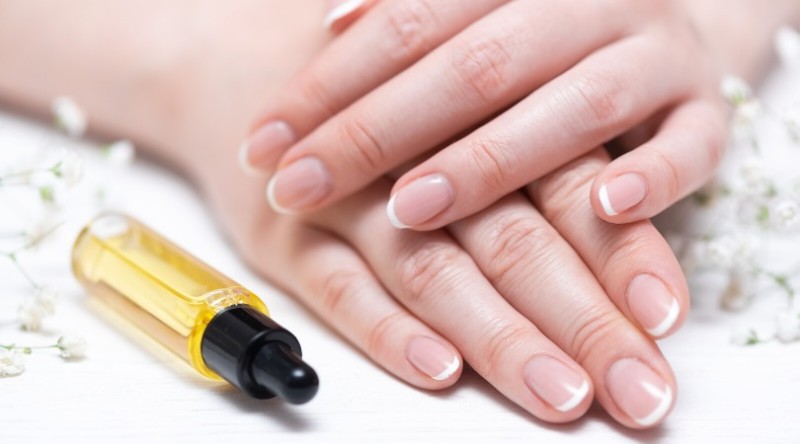
NAILS: MOISTURIZE
Cuticle and nail oil should be a staple in your nail care routine. When your nail-beds are dried out or brittle, they are more likely to experience breakage and look unhealthy. Fortunately, just massaging a drop or two of your favorite oil into your nails and cuticles is all you need to restore moisture and shine.
You can can purchase cuticle oil of course, or make a DIY blend right at home. Olive oil is hydrating and jojoba and tea tree oils are also anti-bacterial. Collectively, they moisturize and promote growth. Be sure to wash your hands thoroughly, scrubbing on top and under your nails, before using nail and cuticle oils. You’ll want to make sure your product has been fully absorbed and not washed away with soap too quickly.
The best nail-care tip of all? Take care of your nails naturally, and indulge in shellac only for special occasions. The best looking nails are healthy, buffed to a shine (rather than painted), and kept trimmed neatly and moisturized.
Here are a few more DIY Nail Care recipes that will help you take care of your hands and feet easily, quickly, and affordably!
YOU MAY ALSO ENJOY
10 Summer Skin Care Tips
Kiwi Astringent for Oily Skin
Kiwi is very mildly acidic and acts as an astringent for oily skin without being as drying as others. It also contains several skin-friendly nutrients, including vitamin C, vitamin E and antioxidants. These elements are terrific for boosting and rejuvenating skin...



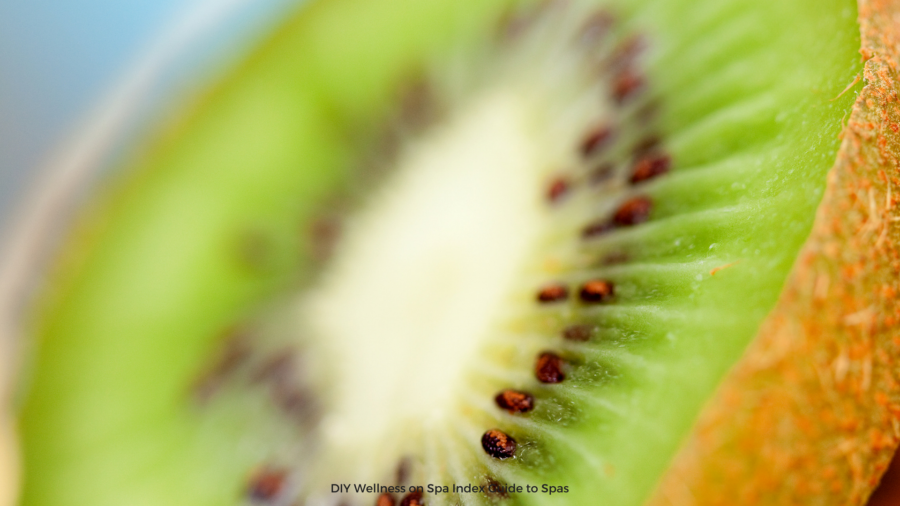
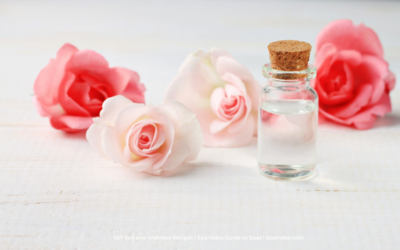
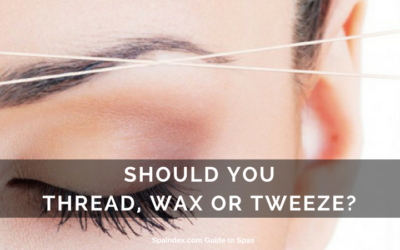
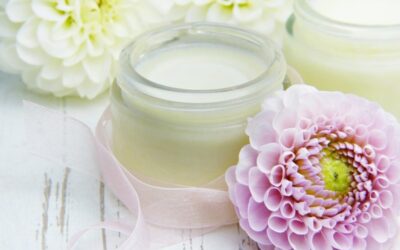
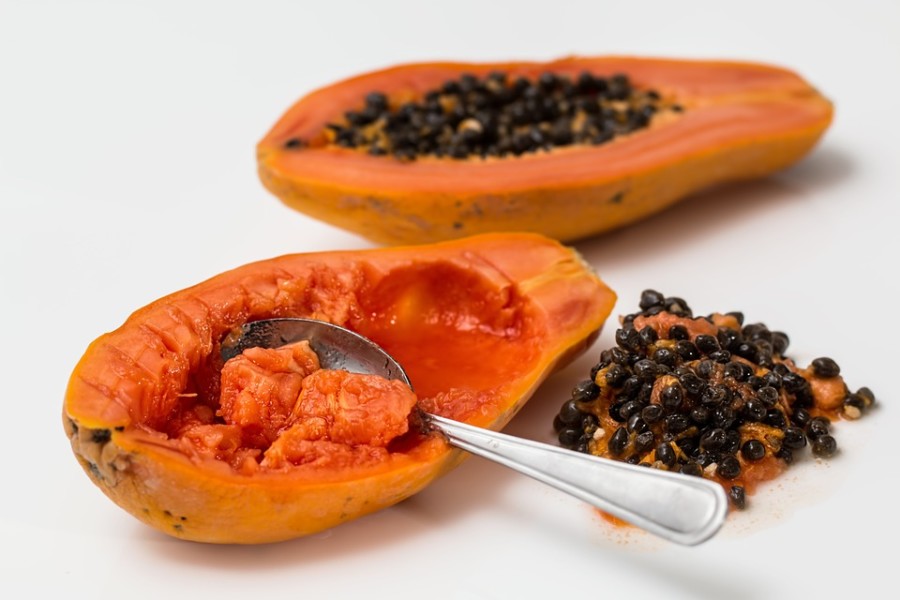
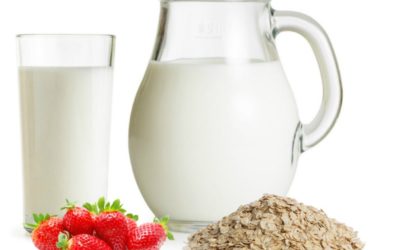
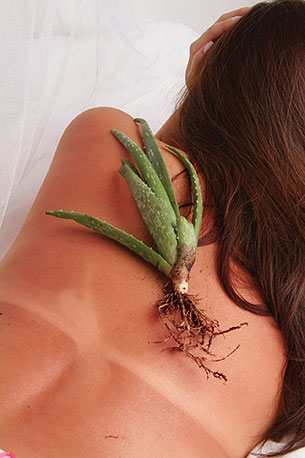
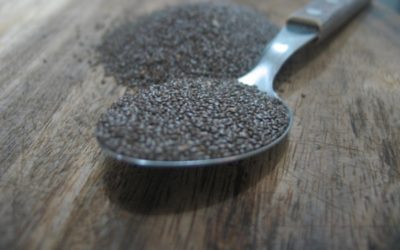
thank you